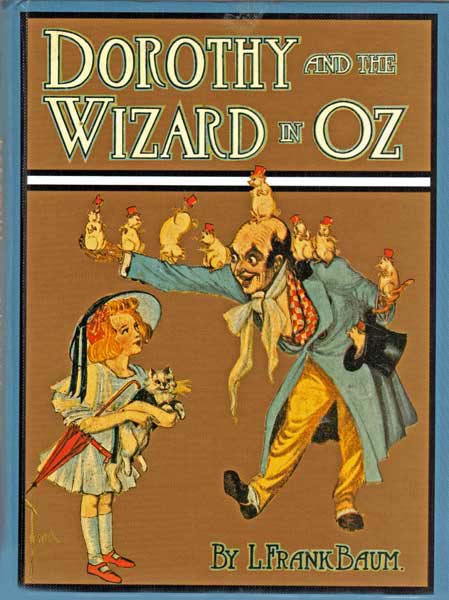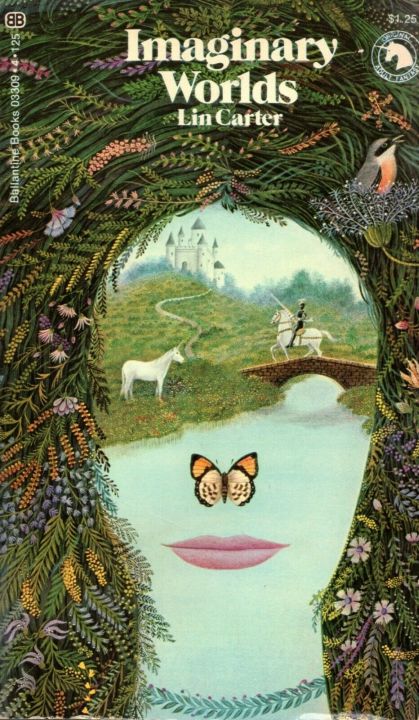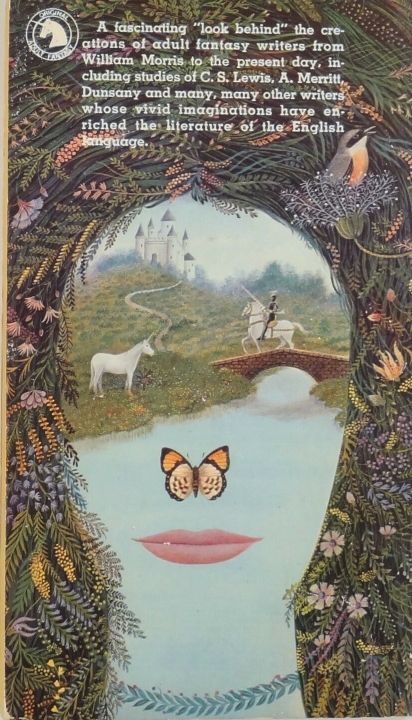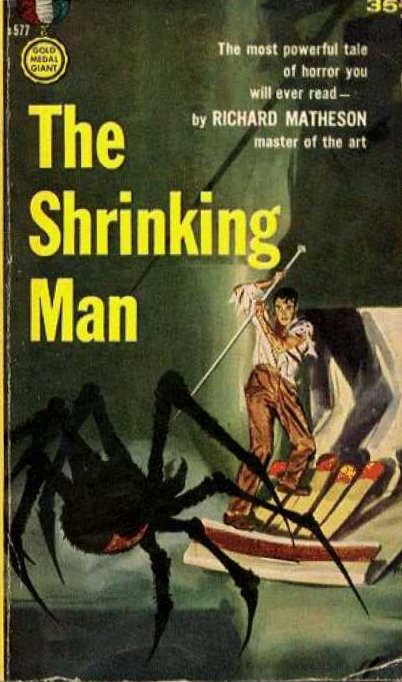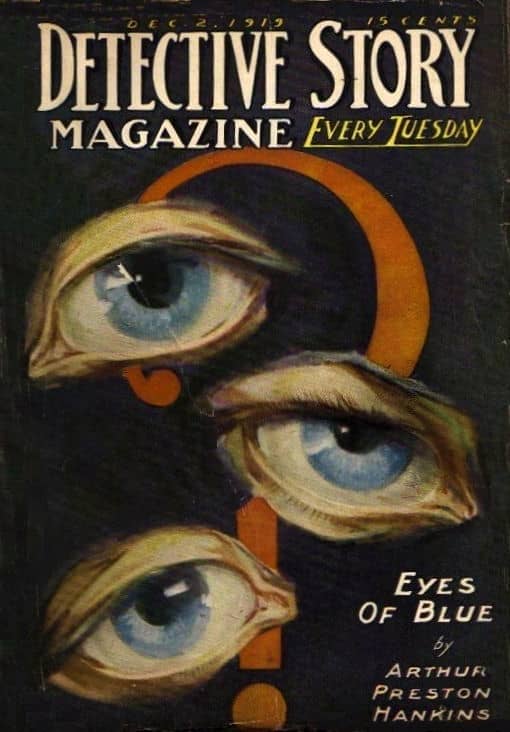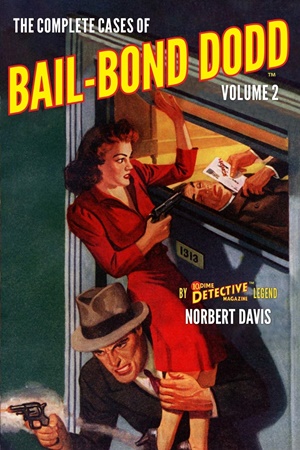Vintage Treasures: Invaders of Earth edited by Groff Conklin
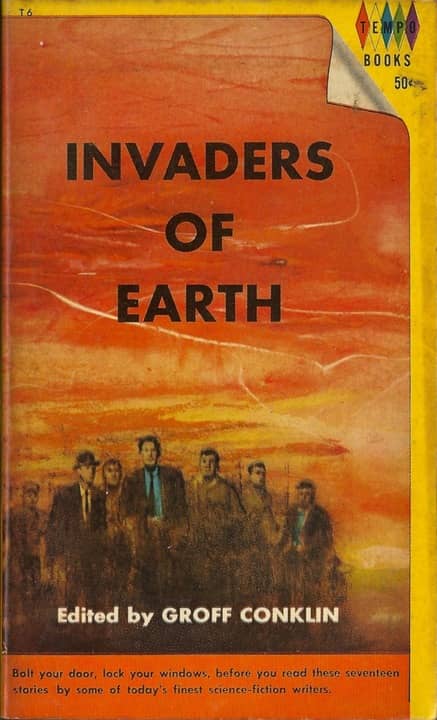 |
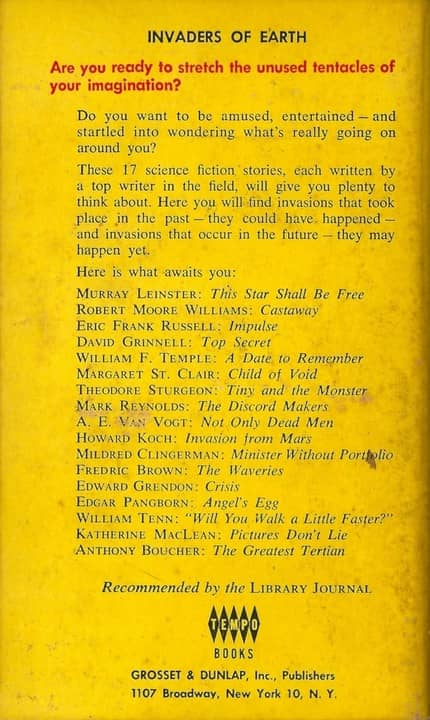 |
Invaders of Earth (Tempo, September 1962). Cover artist unknown
Before his untimely death in 2016, Bud Webster was Black Gate‘s poetry editor and one of our finest columnists. He wrote a number of Who? columns on forgotten SF writers for our print issues, and thoughtful pieces on selling books at conventions for our website. In his paean to the science fiction anthologies of his youth, Anthopology 101: Reflections, Inspections and Dissections of SF Anthologies, Bud wrote fondly about the great SF anthologies of the 40s, 50s and 60s. Here’s an excerpt from Above the Rest, the chapter dedicated to editor Groff Conklin.
I kept noticing that the stories I liked best, the ones I’d remember from one week to the next, the ones I thrust on my friends with the words “You GOTTA read THIS one!”, all seemed to come from the Conklin anthologies. So, I began pulling his books off the library shelves before I picked Bleiler’s, or Pohl’s, or the others, and when I found (joy of joys!) a dingy little shop near my school that sold ratty old paperbacks for a dime, Conklin’s were the ones I looked for first.
In a note to me about Conklin, Jack Williamson said, “His anthologies…. were landmarks, and I think they had a good deal to do with a wider acceptance of SF…”
In compiling this beast, I’ve read reviews, looked at web pages, and talked to long-time SF readers, fans and pros over and over. When anthologies are discussed, certain names are always mentioned: Pohl, Merril, Bleiler and Dikty, Healy and McComas…. and their relative merits discussed at length. But when Conklin’s name comes up, they invariably nod and say, “Oh, yeah, anything by Groff Conklin.”
Like Bud, my early exposure to adult science fiction was in SF anthologies I found in school libraries, in my case edited by Terry Carr, Robert Silverberg, and Isaac Asimov. But I discovered Conklin soon enough, and one of my favorites was his 1952 anthology of alien invasion tales, Invaders of Earth.
